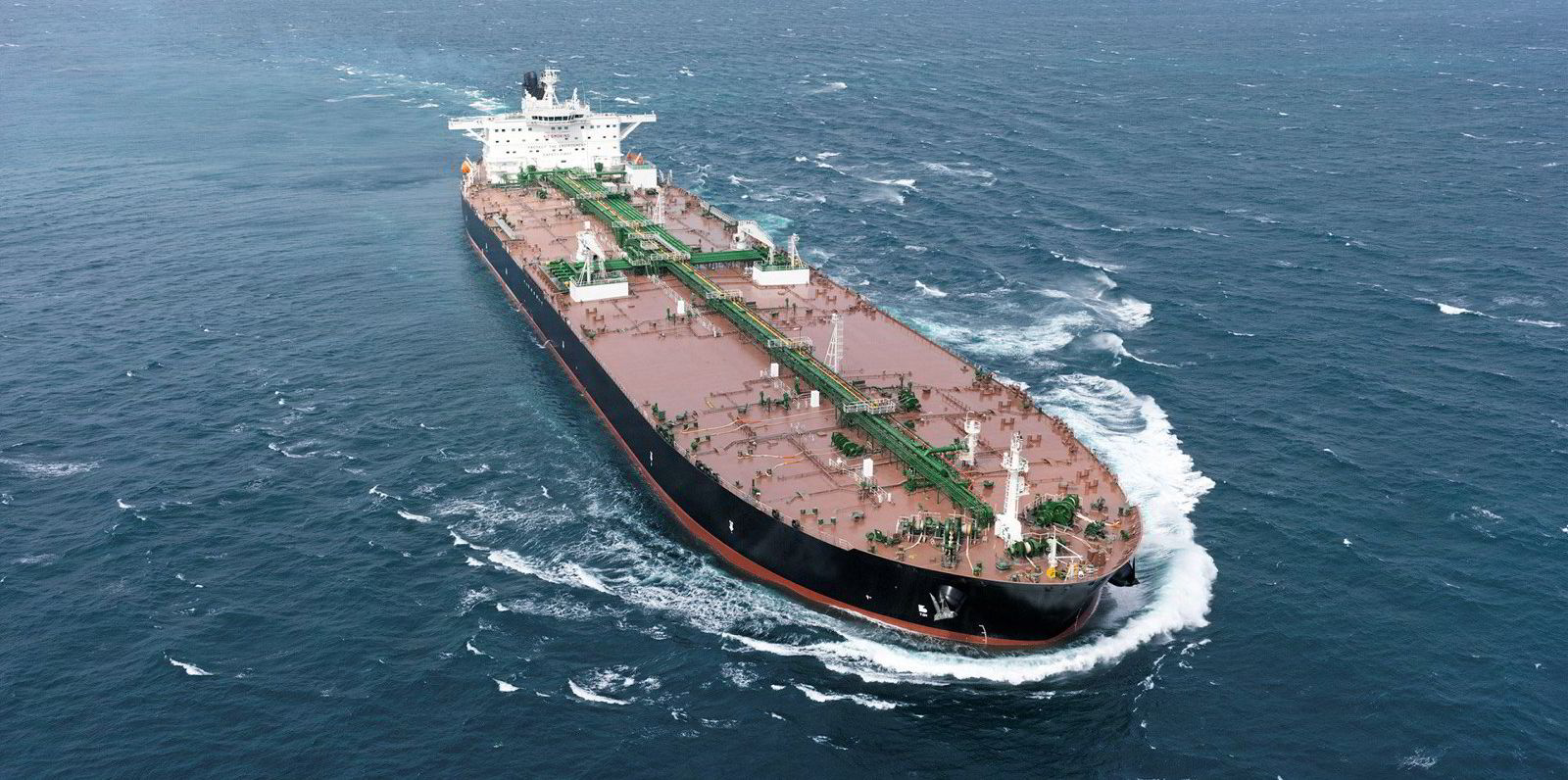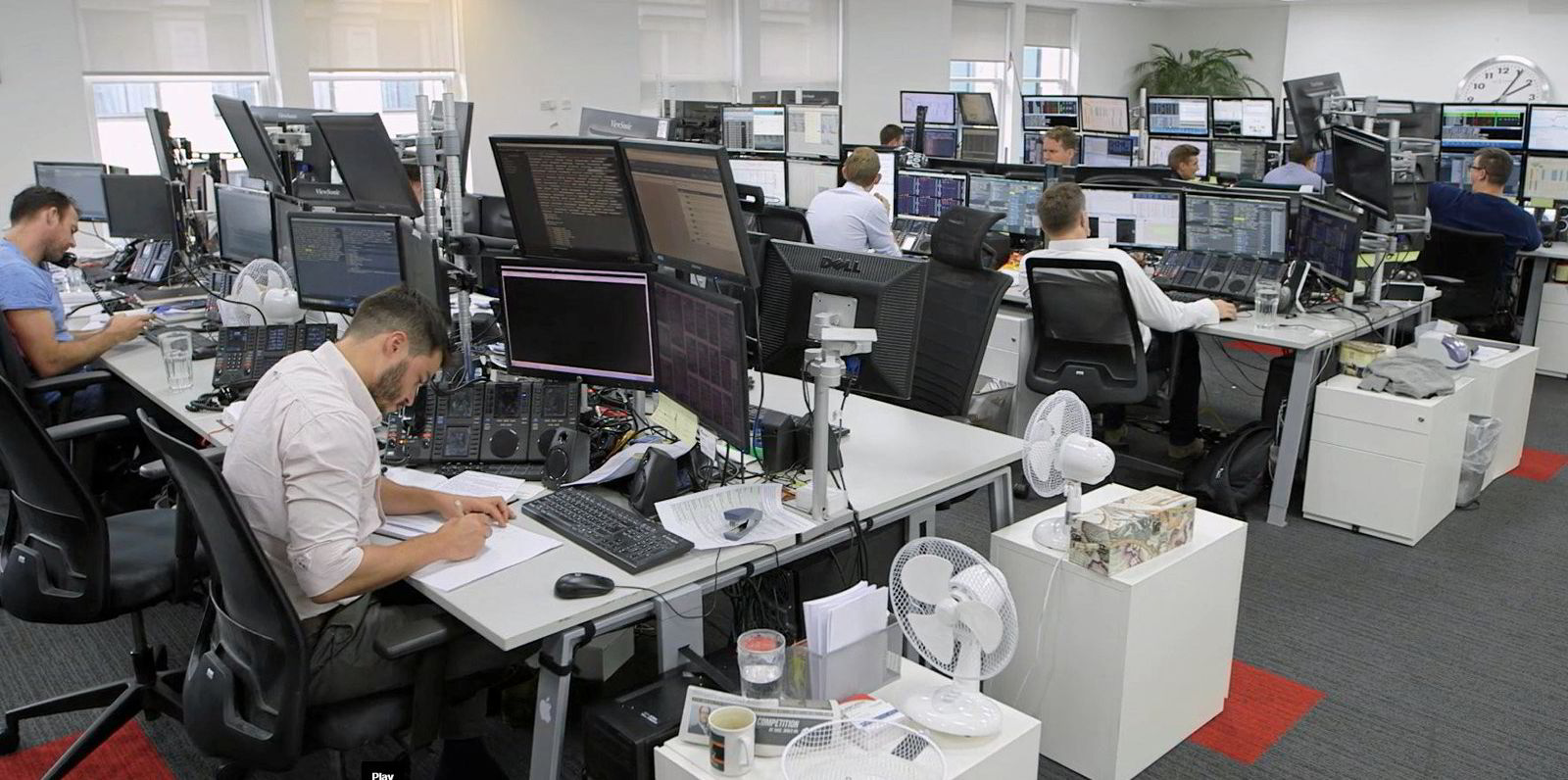The Baltic Exchange’s VLCC assessment did something on Friday it had not done in nearly 19 months. It rose above zero.
Despite charterers continuing to claw back some of the gains owners had seen in the last few weeks, lower bunker prices are “having a positive effect on earnings”, the Baltic Exchange said in its weekly tanker note, helping the organisation’s VLCC time charter equivalent rate assessment add $69 to finish at $39 per day.
The last time that figure was above zero was on 12 January 2021, when it came in at $565 per day before falling to -$644 per day and staying in the red for the next 569 days.
Shipbroker Howe Robinson described a slow market all week, with a long-haul cargo offered on Thursday attracting a number of offers.
“As per the norm limited activity on a Friday, with a relatively little activity the market remains under pressure,” the broker said on Friday. “With second decade close to completion or done, owners will need a large final decade to stabilise the market.”
Howe Robinson said an eco-designed VLCC sailing from West Africa to China would earn $26,662 per day and a non-eco ship $17,005 per day.
A Galveston-to-China voyage would earn $24,324 per day for an eco VLCC and $14,334 per day for a non-eco VLCC, while a Middle East-to-China trip was earning $18,249 per day for an eco-design and $6,361 per day for non-eco.
The VLCC segment has been hampered by a lack of demand from China and a reshuffling of global oil trading patterns following Russia's invasion of Ukraine.
The invasion saw many developed countries spurn Russian oil for other sources and China and India pick up their imports, moves that favoured aframaxes and suezmaxes.
The Baltic Exchange assessment has earned some criticism for its formula, which makes assumptions about speed and fuel consumption to arrive at its estimations.
Critics, including Gibson Shipbrokers and Clarksons Platou Securities, suggested it was exaggerating how bad the market is, as ships were often slow steaming to save fuel and bring down operating costs.
Further, the VLCC market has become increasingly segmented with scrubber-fitted, eco-designed VLCCs earning the most and non-eco VLCCs without scrubbers the least.






